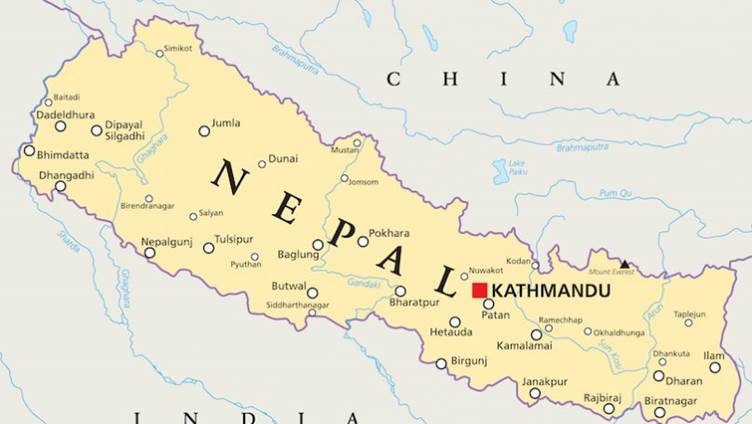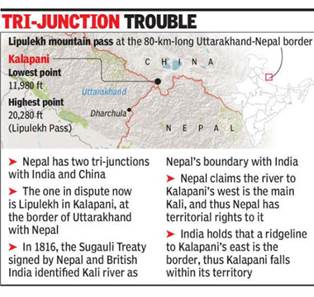Free Courses Sale ends Soon, Get It Now


Free Courses Sale ends Soon, Get It Now



Copyright infringement is not intended
Context:
Lipulekh Pass:

Copyright infringement is not intended
What are the challenges in India-Nepal relations?
India’s importance to Nepal:
Nepal’s relations with India and China in recent times:
Background of relations:
Way Forward:
https://www.pib.gov.in/PressReleasePage.aspx?PRID=1835897
© 2024 iasgyan. All right reserved